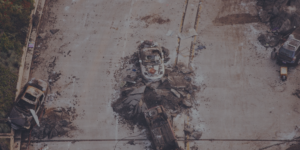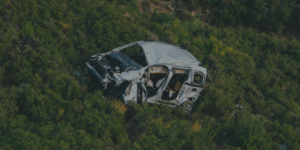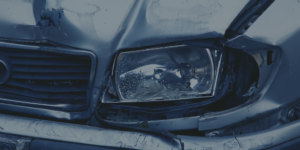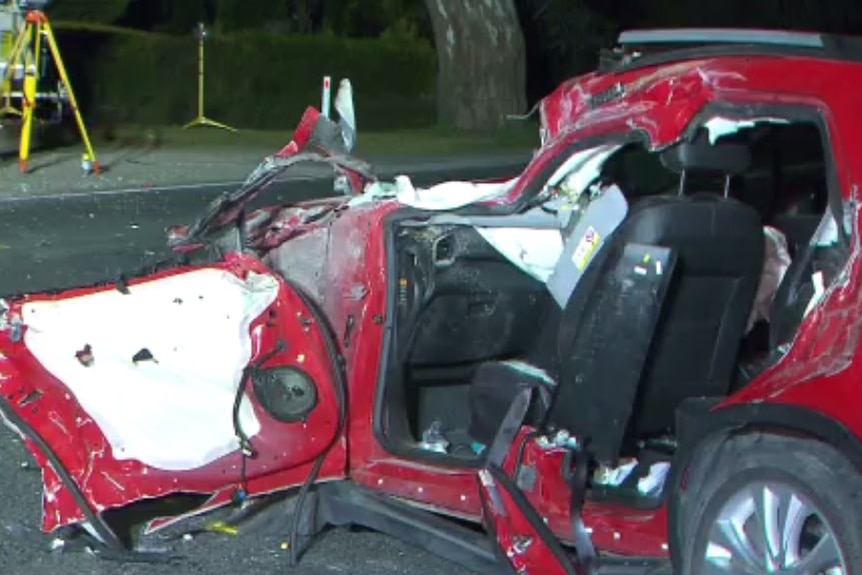When a vehicle is declared a total loss or ‘written-off’ a salvage category is normally assigned to the vehicle. These categories indicate the level of damage the car has sustained and whether it can be repaired or not. In this article, we explain the four salvage categories for total loss cars in the UK, and what they mean for you as a either a potential buyer or to assist in your decision to repair or scrap your own damaged car.
- Category A – Scrap
 Category A is the most severe salvage category, reserved for vehicles that are completely beyond repair and must be scrapped. These vehicles are usually so badly damaged that they cannot be used for any purpose other than for their parts, which must also be destroyed. Examples of Category A damage include severe structural damage, flood damage, or fire damage.
Category A is the most severe salvage category, reserved for vehicles that are completely beyond repair and must be scrapped. These vehicles are usually so badly damaged that they cannot be used for any purpose other than for their parts, which must also be destroyed. Examples of Category A damage include severe structural damage, flood damage, or fire damage.
- Category B – Break
 Category B is assigned to vehicles that are also beyond repair, but can still be used for their parts. These vehicles can be dismantled and sold as spares, but cannot be put back on the road.
Category B is assigned to vehicles that are also beyond repair, but can still be used for their parts. These vehicles can be dismantled and sold as spares, but cannot be put back on the road.
Category B damage includes significant structural damage, but not as severe as Category A, as well as flood or fire damage that hasn’t reached the extent of Category A.
- Category S – Structurally damaged repairable
 Category S, previously known as Category C, is assigned to vehicles that have sustained structural damage but can be repaired. These cars will require significant repairs, and the cost of the repairs tend to exceed the car’s pre-accident value. Category S cars are usually written off by insurance companies due to the high cost of repairs. However, if the car is repaired to a satisfactory standard and passes an inspection, it can be put back on the road. It’s important to note that Category S vehicles may have underlying damage that can only be discovered after extensive repairs have been made, so it’s essential to have a thorough inspection carried out before purchase.
Category S, previously known as Category C, is assigned to vehicles that have sustained structural damage but can be repaired. These cars will require significant repairs, and the cost of the repairs tend to exceed the car’s pre-accident value. Category S cars are usually written off by insurance companies due to the high cost of repairs. However, if the car is repaired to a satisfactory standard and passes an inspection, it can be put back on the road. It’s important to note that Category S vehicles may have underlying damage that can only be discovered after extensive repairs have been made, so it’s essential to have a thorough inspection carried out before purchase.
- Category N – Non-structurally damaged repairable
 Category N, previously known as Category D, is assigned to vehicles that have sustained non-structural damage, such as cosmetic damage or electrical faults. These vehicles can be repaired and put back on the road, but the cost of repairs is typically lower than that of Category S vehicles. It’s important to note that non-structural damage can still affect the car’s safety and performance, so it’s important to have a thorough inspection carried out before purchase.
Category N, previously known as Category D, is assigned to vehicles that have sustained non-structural damage, such as cosmetic damage or electrical faults. These vehicles can be repaired and put back on the road, but the cost of repairs is typically lower than that of Category S vehicles. It’s important to note that non-structural damage can still affect the car’s safety and performance, so it’s important to have a thorough inspection carried out before purchase.
Understanding the different salvage categories for total loss cars in the UK is crucial when looking to purchase a used car, or deciding whether to keep & repair a total loss vehicle. Category A and B vehicles are beyond repair and can only be used for their parts, while Category S and N vehicles can be repaired and put back on the road.
However, it’s important to note that repaired cars may have underlying damage, and a thorough inspection is crucial before purchase. By being aware of the salvage categories, you can make an informed decision and ensure that the car you purchase is safe and roadworthy.

